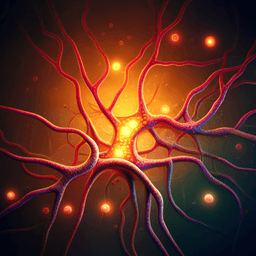
Medicine and Health
Effectiveness of different exercise interventions on depressive symptoms among college students: a network meta-analysis
Y. Xiao, C. Shi, et al.
A network meta-analysis of 42 randomized controlled trials (1,169 participants) found that Special Training Unit (STU) and Dynamic Resistance Movement Group (DRMG) most effectively reduce depressive symptoms in college students, with STU showing the highest probability of being most effective (65.1%). Research conducted by Yang Xiao, Chaofan Shi, Xiaotian Zhang, and Haitao Liu.
~3 min • Beginner • English
Related Publications
Explore these studies to deepen your understanding of the subject.







